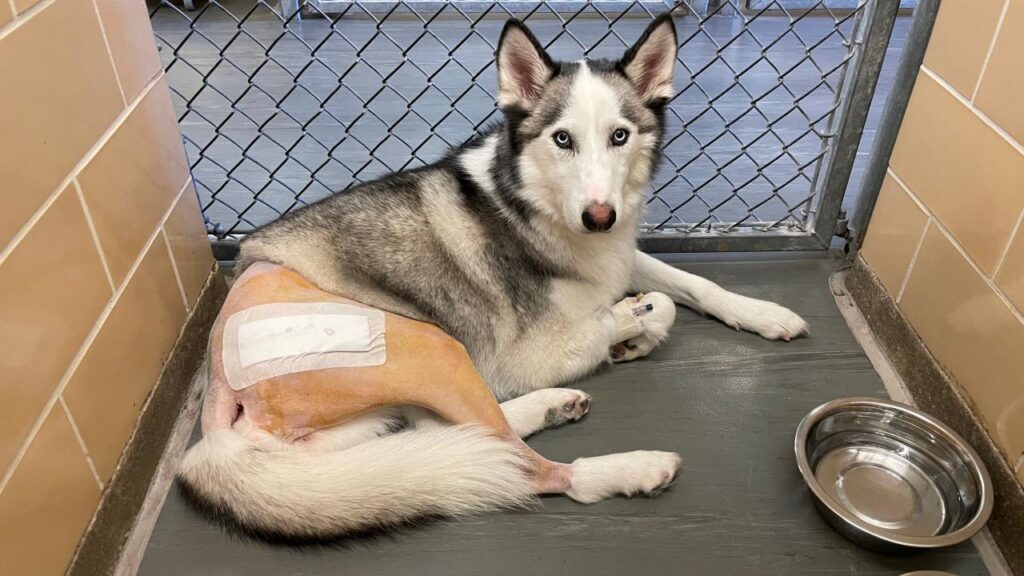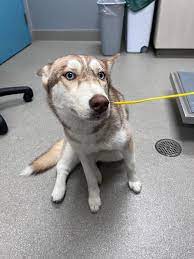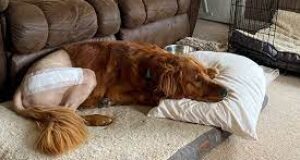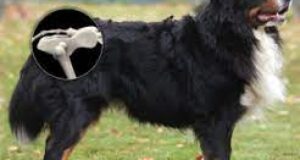Dog hip replacement can be life-changing, but like any major surgery, it comes with risks. Here are 40 potential dangers, each explained with a simple metaphor or simile to make them easier to understand.

Pre-Surgery Risks (1-10)
- Misdiagnosis – Like fixing a window when the real problem is the foundation.
- Surgical Anxiety (Dog & Owner) – Like a student before an exam; stress can be high.
- Allergic Reaction to Anesthesia – Like a food allergy; rare but serious.
- Blood Clotting Issues – Like a clogged drain causing flooding.
- Pre-existing Conditions Worsening – Like a weak bridge collapsing under pressure.
- Weight-Related Complications – Like an overloaded elevator straining to lift.
- Nutritional Deficiencies Slowing Recovery – Like a car running on bad fuel.
- Wrong Timing for Surgery – Like planting a tree in the wrong season.
- Surgical Costs Leading to Delays – Like needing new tires but waiting too long.
- Choosing an Inexperienced Surgeon – Like hiring a plumber to fix an electrical issue.

During Surgery Risks (11-20)
- Excessive Bleeding – Like a leaking faucet that won’t stop.
- Heart Complications Under Anesthesia – Like a car engine shutting down mid-drive.
- Inaccurate Implant Placement – Like a loose screw in a chair making it wobbly.
- Bone Fracture During Surgery – Like a carpenter accidentally splitting wood.
- Nerve Damage – Like cutting a wire and losing electricity to a room.
- Infection Risk from Surgical Tools – Like cooking with dirty utensils.
- Hip Joint Instability – Like a door hinge not being screwed in tight.
- Tissue Rejection of Implant – Like a body rejecting an organ transplant.
- Adverse Reaction to Pain Medications – Like feeling sick after taking the wrong medicine.
- Surgical Team Miscommunication – Like a sports team playing with the wrong strategy.
Post-Surgery Immediate Risks (21-30)
- Severe Pain – Like a headache that won’t go away.
- Swelling & Inflammation – Like a balloon filling with too much air.
- Hip Dislocation – Like a door coming off its hinges.
- Blood Clots Forming in the Legs – Like a traffic jam stopping movement.
- Infection at the Incision Site – Like mold growing in a damp corner.
- Failure of the Implant to Bond with Bone – Like glue that doesn’t stick.
- Excessive Scar Tissue Formation – Like weeds overtaking a garden.
- Limping Even After Recovery – Like a bent wheel that never rolls straight.
- Loss of Appetite – Like a sick person not feeling like eating.
- Reaction to Stitches or Staples – Like an allergic reaction to jewelry.
Long-Term Risks (31-40)
- Leg Length Discrepancy – Like wearing one shoe higher than the other.
- Muscle Weakness in the Affected Leg – Like an unused arm getting weaker in a cast.
- Chronic Joint Stiffness – Like an old door that won’t open smoothly.
- Hip Implant Loosening Over Time – Like a screw coming loose on a bicycle.
- Future Arthritis in Other Joints – Like shifting weight from one leg to the other too much.
- Cold Weather Sensitivity – Like an old injury aching in the winter.
- Difficulty Running & Jumping – Like a sprinter recovering from a leg injury.
- Increased Risk of Future Surgeries – Like a car needing frequent repairs after an accident.
- Psychological Impact on the Dog (Fear of Movement) – Like a person hesitant to walk after breaking an ankle.
- Overall Reduced Lifespan Due to Complications – Like a machine wearing out faster from stress.
While these risks exist, a skilled surgeon and proper post-op care can make hip replacement as successful as replacing a broken wheel on a car—it helps your dog move smoothly and pain-free!




